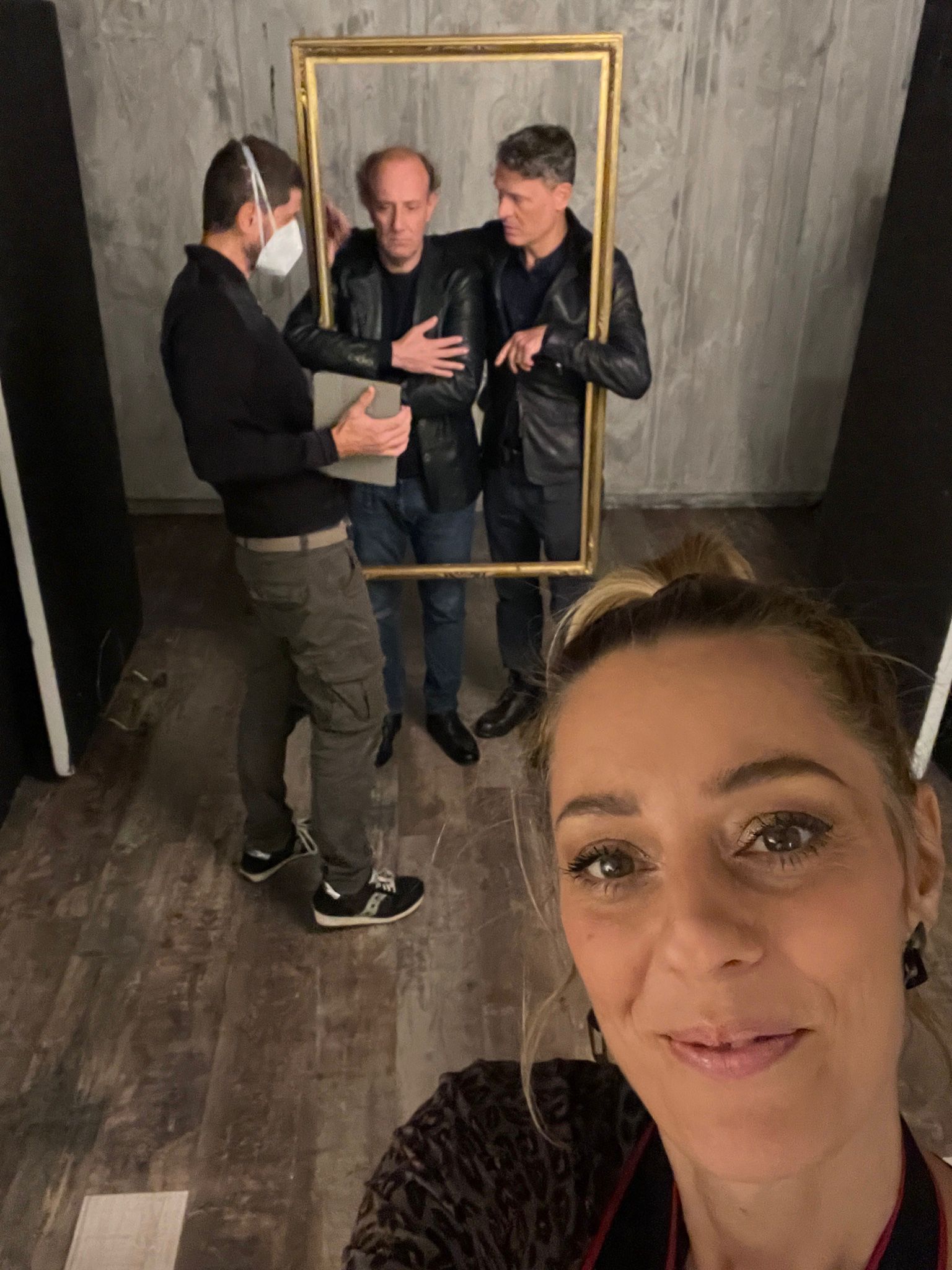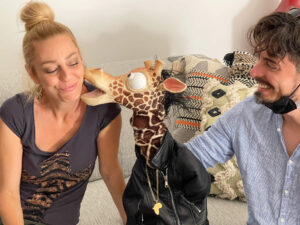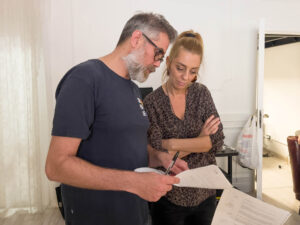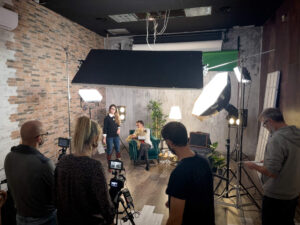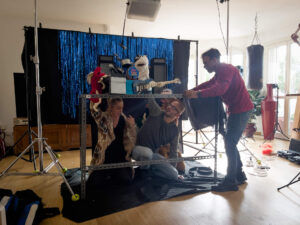AT THE VENICE FILM FESTIVAL. A STORY WITHIN HISTORY
This story tells how I got to the red carpet at the Venice Film Festival, but it also contains the story of a moment immortalized from two opposite points of view thanks to a smile stolen from… Shia LaBeouf.
I had always dreamed of photographing actors at the Venice Film Festival, on that famous Red Carpet, but I had never had the contacts or even the opportunity to get there. The year was 2012. That afternoon I was surfing Facebook. I received a message from a certain Gabriele who asked me if I was available to go and do some shooting at the Venice Film Festival for his film magazine, Kinematrix. I don’t believe it! Obviously I immediately gave him my availability, and immediately afterwards he revealed to me that he had the wrong person: he was convinced he was talking to another photographer that he had found on some professional page, but in the end, since we had met, he confirmed me; and this is the first story that for me is incredible!
I finally land at the Festival. From the very first day I had a post 
Shia LaBeouf’s moment arrives: he walks down the red carpet and everyone yells at him to smile, but nothing. A unique pout, perhaps to maintain character, who knows. He continues his walk, when he arrives in front of my station. All the photographers are busy shooting from behind their cameras and I, in that moment, keeping my finger ready on the “trigger” like a sniper, reveal my face from behind the camera, look Shia LaBeouf straight in the eyes and when he meets my gaze, I give him a giant smile that he can’t resist, and he returns it! At that moment I took the photo and immortalized her long-awaited expression, while my fellow photographers who saw the scene shouted at me “Bravaaaa!!!” And, just as I capture the actor smiling, a photographer on the other side of the red carpet captures me smiling at Shia. And here is the magic of a double shot that tells a moment captured from two opposite and complementary points of view…



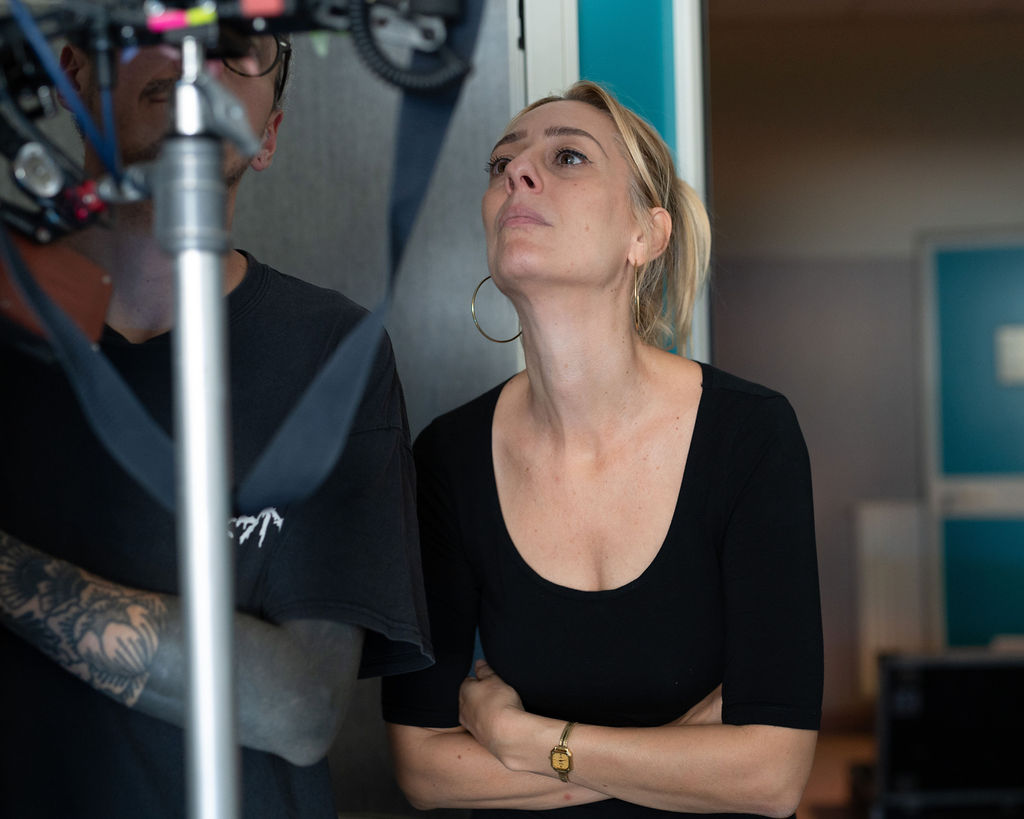











 And then years go by, more or less 20, and from Friuli, I find myself living in Milan. And it happens one day, that. I find myself in a tiny restaurant in the Bovisa area, that in the table next to mine I see sitting just them: Ale and Franz! Heartbreak!!! I didn’t want to be the one to get up and go ask him for an autograph though…it seemed priori unfashionable 😉
And then years go by, more or less 20, and from Friuli, I find myself living in Milan. And it happens one day, that. I find myself in a tiny restaurant in the Bovisa area, that in the table next to mine I see sitting just them: Ale and Franz! Heartbreak!!! I didn’t want to be the one to get up and go ask him for an autograph though…it seemed priori unfashionable 😉



